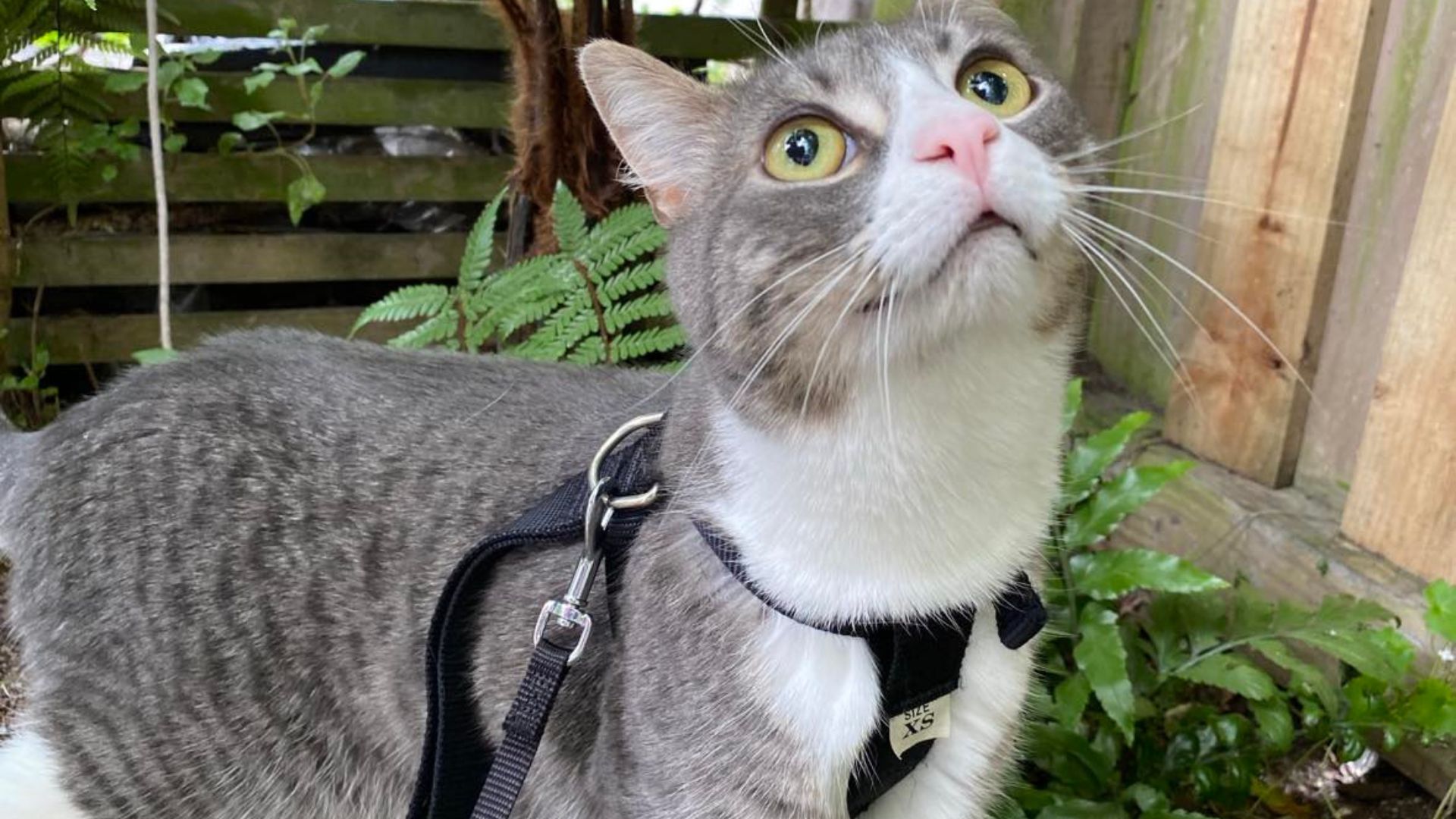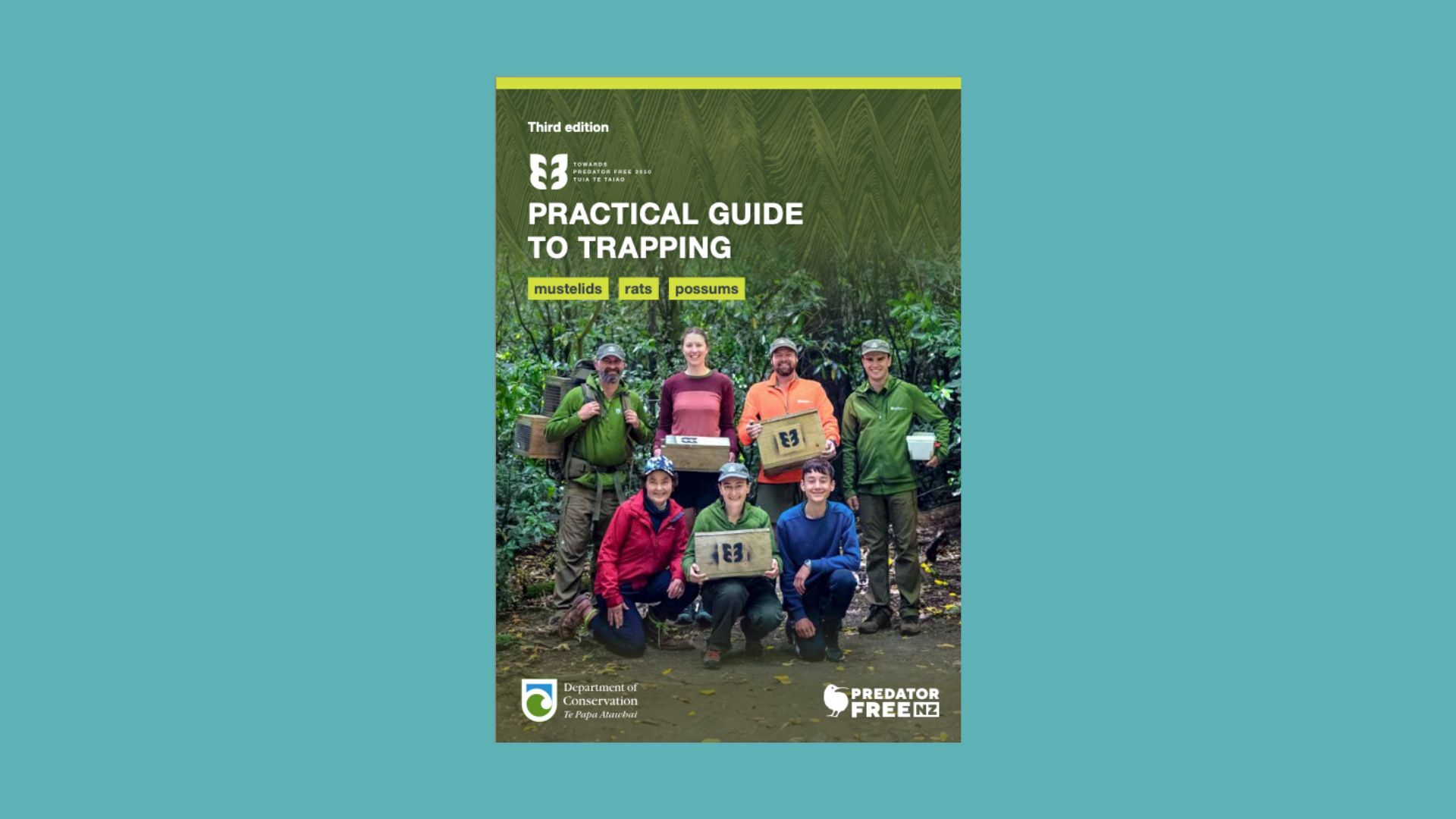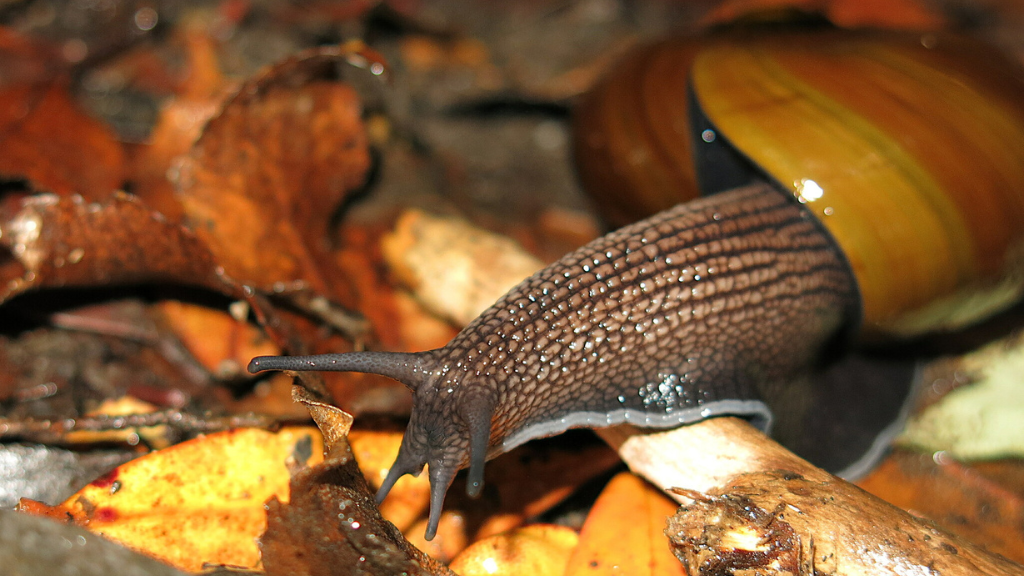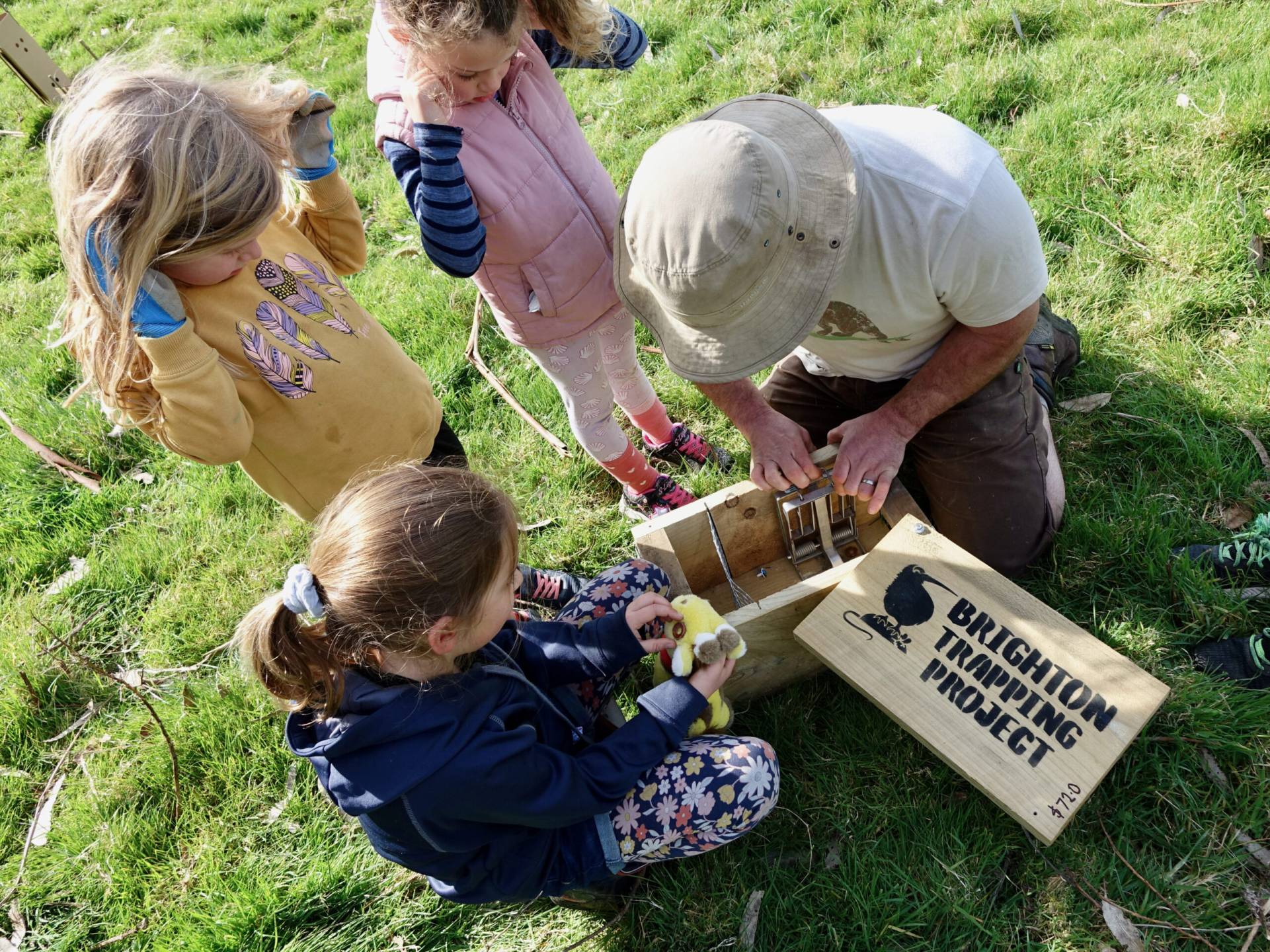Latest Stories
Inside scoop: Q&A with an indoor cat owner
Meet Tess and her beloved cats, Sylvia and Sooty. Tess made the choice to keep them indoors from day one – “Safe at home, don’t let me roam”
Getting your hands dirty with a practical guide to trapping
Order a copy of this comprehensive 80-page booklet for all the best practice tools you need for effective predator control in your community.
Beyond birds: 5 things that benefit from predator control
Predator control in New Zealand is one of the ways we can bring birds and many other species back from the threat of extinction.





